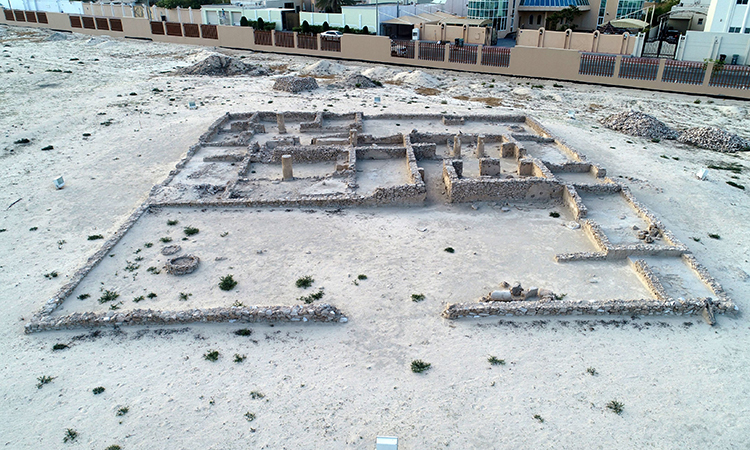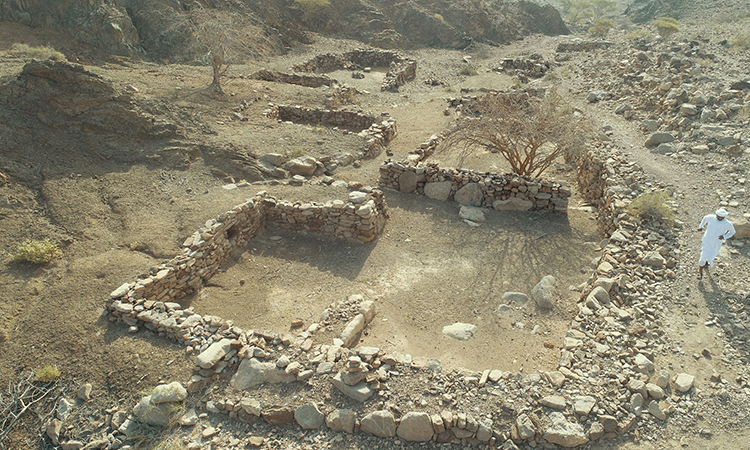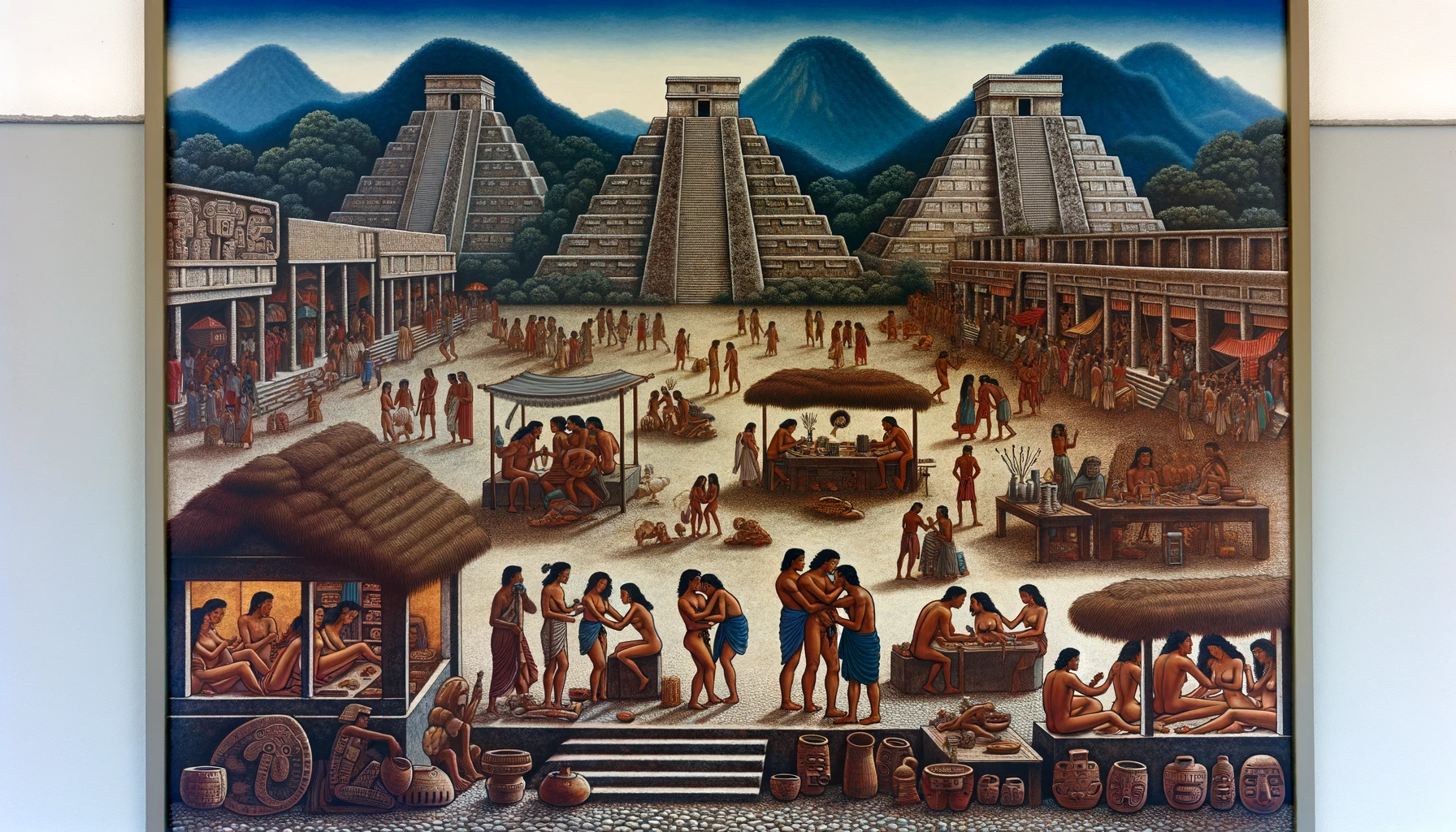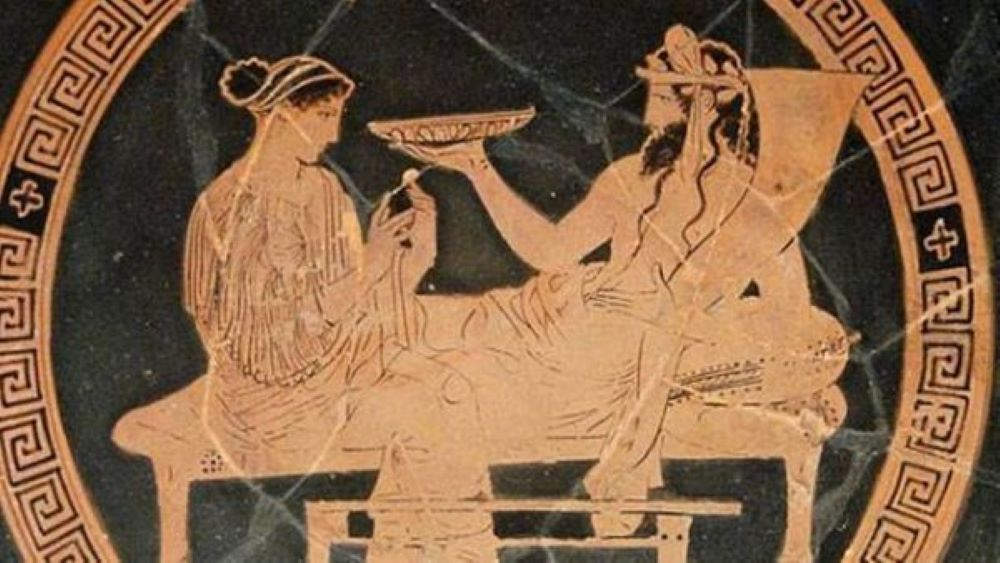Hercules, the famed hero of Greek mythology, faced numerous daunting challenges in his quest for redemption and glory. Among these challenges, the Twelve Labors stand out as a testament to his strength, bravery, and cunning. The second of these labors tasked Hercules with vanquishing the dreaded Hydra of Lerna, a formidable creature born of Typhon and Echidna. This labor not only tested Hercules' physical prowess but also his strategic acumen and resolve.
The Menacing Hydra
The Hydra was no ordinary beast; it was a monstrous serpent with multiple heads, each capable of regeneration. The mere thought of confronting such a creature would have struck terror into the hearts of lesser men, but for Hercules, it was another opportunity to prove his might. Assisted by his loyal nephew, Iolas, Hercules embarked on this perilous mission.
The Search for the Hydra
Hercules and Iolas set out to find the Hydra, venturing into an ominous swamp where the creature was known to dwell. Their journey led them to a village devastated by the Hydra's wrath, where they encountered a lone survivor who pointed them towards the monster's lair. This encounter underscored the dire threat posed by the Hydra and the urgency of their task.
Drawing Out the Beast
Upon reaching the lair, Hercules employed his bow and flaming arrows to lure the Hydra out from its dark abode. The creature emerged, enraged and ravenous, ready to unleash its fury on anyone who dared disturb its slumber. The sight of the many-headed Hydra would have unnerved most, but Hercules remained undaunted, prepared for the battle ahead.
The Battle Begins
The confrontation was fierce and relentless. Despite the Hydra's immense size and deadly attacks, Hercules showcased his agility and combat skills, deftly dodging the serpent's strikes. However, the true challenge lay in the Hydra's ability to regenerate its heads; for every head Hercules severed, multiple new ones would sprout in its place, making the battle seem almost unwinnable.
A Strategic Shift
Realizing the futility of simply chopping off the Hydra's heads, Iolas suggested a change in strategy: cauterizing the necks after decapitation to prevent regeneration. Hercules adopted this tactic, using a torch to sear the neck stumps, thus halting the regrowth of the Hydra's heads. This clever approach began to turn the tide of the battle in their favor.
Overcoming the Odds
With the combined efforts of Hercules and Iolas, the Hydra was gradually weakened. Hercules systematically defeated the creature's heads, one by one, using fire to ensure they could not regenerate. Throughout the ordeal, the goddess Hera, who harbored enmity towards Hercules, watched as her monstrous creation was bested by the hero and his resourceful nephew.
The Final Blow
The final step in vanquishing the Hydra involved dealing with its immortal head. Hercules buried the indestructible head beneath a massive rock, effectively neutralizing the threat once and for all. In a strategic move, Hercules collected the Hydra's toxic blood, using it to coat his arrows for future encounters, thereby turning the monster's deadly nature to his advantage.
Hera's Tribute
In the aftermath of this victorious labor, Hercules and Iolas prepared to return to Mycenae, their mission accomplished. Meanwhile, Hera, in a gesture of twisted honor, immortalized her fallen minions by creating the Cancer constellation in the sky. This act served as a celestial reminder of the formidable adversaries Hercules had overcome.
Hercules' triumph over the Hydra of Lerna stands as a testament to his heroism and ingenuity. This labor, marked by fierce combat and clever strategy, highlights the hero's ability to adapt and overcome seemingly insurmountable challenges. Through the combined efforts of Hercules and Iolas, the Hydra was defeated, and another chapter was added to the legendary Twelve Labors of Hercules.










































